Animation of the composition of milk. The carton opens to reveal the different components within. Milk is largely made up of water, which forms some 87% of it. Dissolved in the water are numerous ions, including phosphate and calcium, which forms about 0.1% of the milk. Some 5% is carbohydrate, mainly the disaccharide sugar lactose, which is also dissolved in the water. At a far larger scale, the protein component of milk makes up about 3%. The majority of the protein is casein, which forms large globules called micelles. Each micelle is made up of smaller micelles, the outer ones having long filaments extending into the water. Inside, the component submicelles are held together by calcium phosphate complexes. At a still larger scale are are the fat globules, which make up around 4% of the milk. The fats are insoluble in water, and form micelle-like bodies with a phospholipid membrane. The phospholipids have hydrophilic heads (orange) and fatty tails (green), and act as emulsifiers, preventing the fat globules coalescing. It is the presence of an emulsion of fat globules that gives milk its white colour. Within the membrane are triglyceride fats, containing a mixture of different fatty acids bound to glycerol. Also within the fat globules is fat-soluble vitamin A.
Details
WebID:
C01841154
Clip Type:
RM
Super High Res Size:
1920X1080
Duration:
00:01:30.000
Format:
QuickTime
Bit Rate:
24 fps
Available:
download
Comp:
200X112 (0.00 M)
Model Release:
NO
Property Release
No

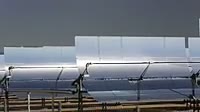
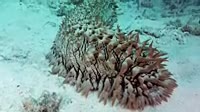
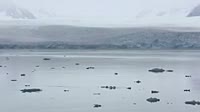
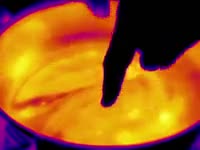
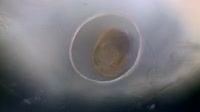
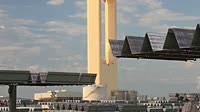
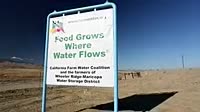
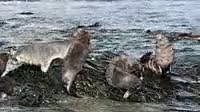
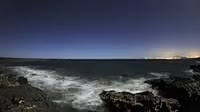
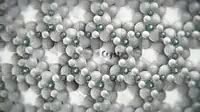
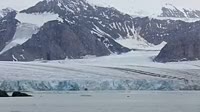
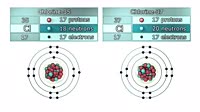
 Loading
Loading